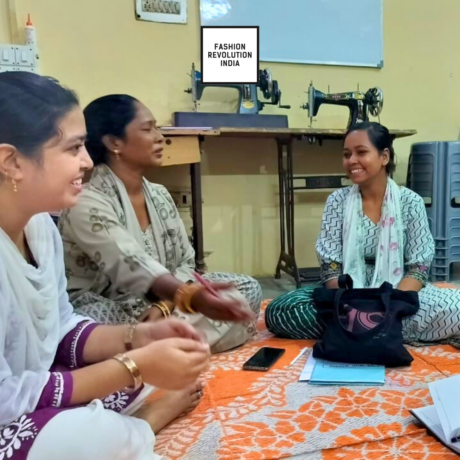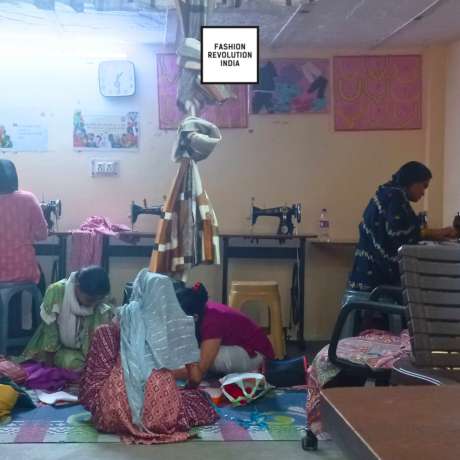Telegram From Tripura
As part of Fashion Revolution’s collaboration, london based designer Bethany Williams joined Indian label Tilla by Aratrik Dev Varman for an explorative journey into the heart of North East India Tripura region, to meet local weavers and discover forgotten skills and crafts methods.
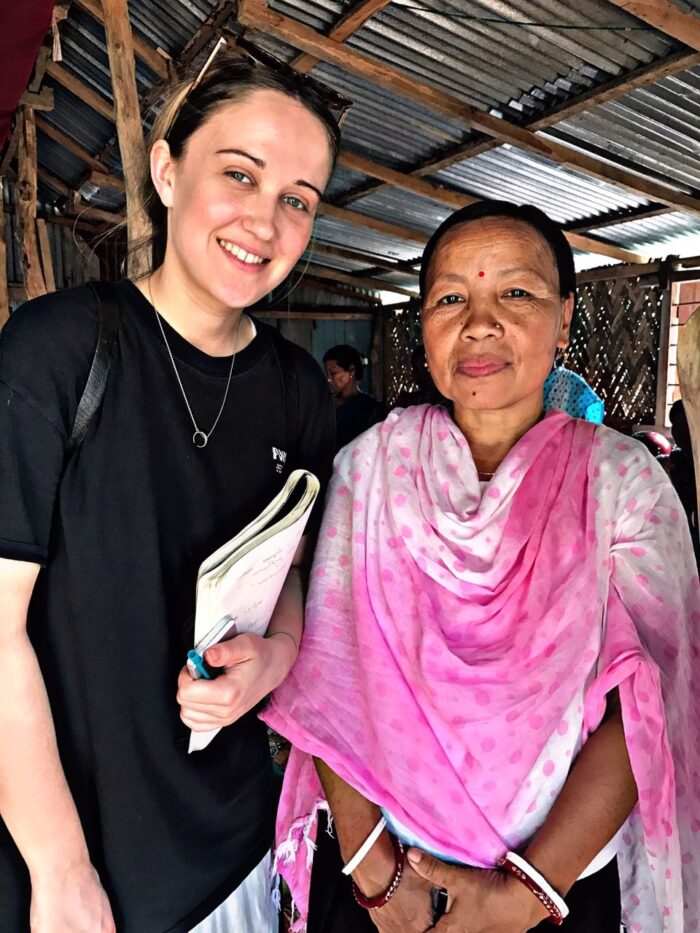
The Tripura weavers use a unique strap loom which is placed on their back, to weave thin pieces of cloths which are then used to create traditional clothing.
The weavers live in separate tribe, each with its own weaving signature, in one of the remotest parts of the continent, and their craft has seldom been used outside the region.
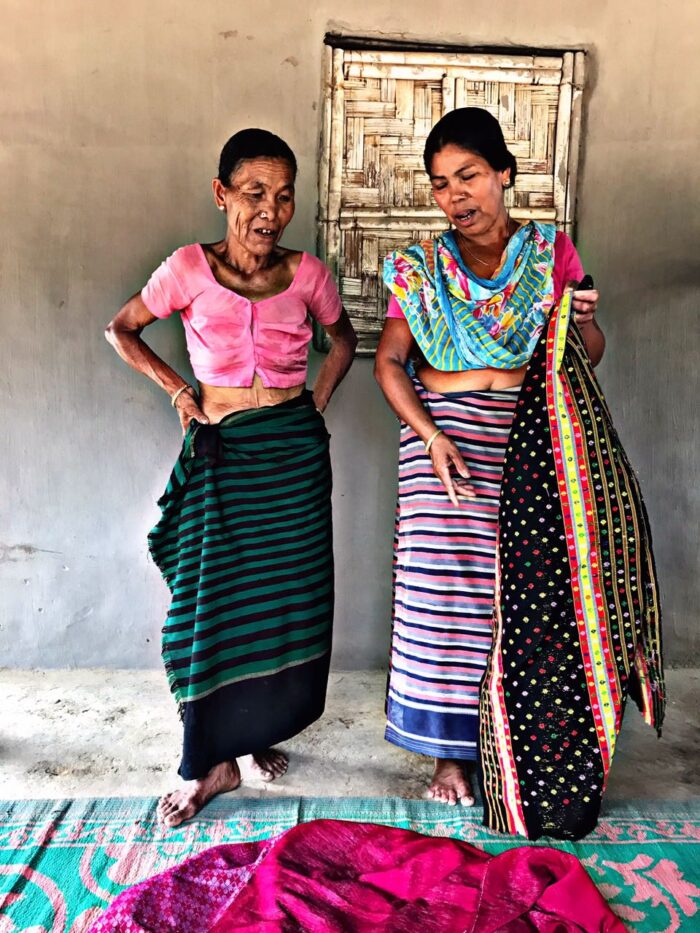
Interestingly, while in the past all yarns were spun from cotton and dyed with vegetable dyes, in recent times the artisans have been using cheaper and more readily available synthetic yarns, which have somehow distorted the design of the cloth by adding more vibrant colours.
Designer Aratrik Dev Varman, who’s family originates from Tripura, is interested in reintroducing the use of naturally dyed yarns into some of the communities in the future to preserve the original beauty of the woven cloth.
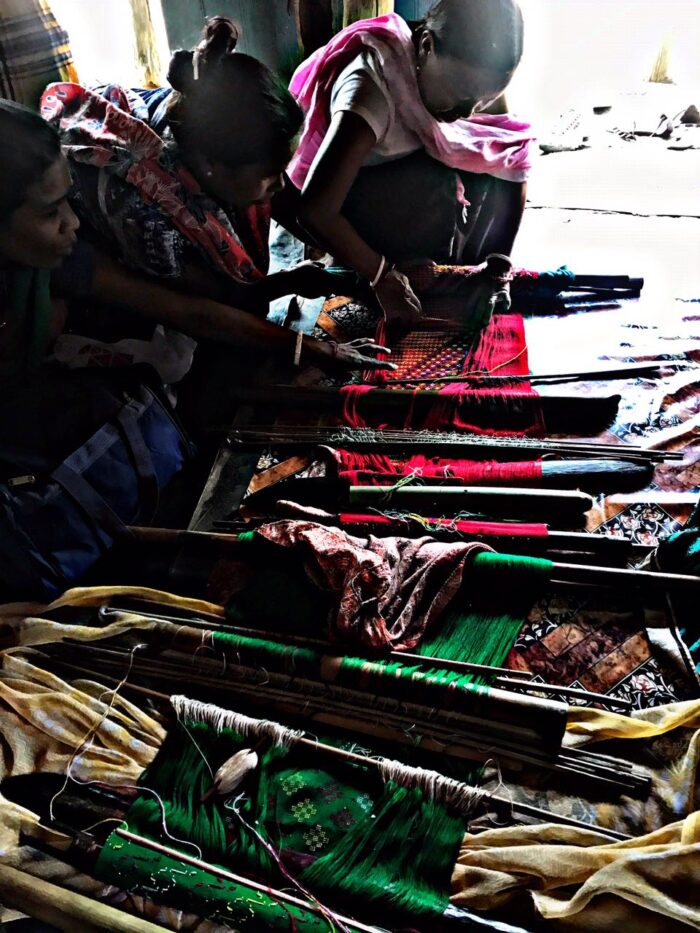
Artisans in Tripura are very isolated and not in a position to upscale production at this point in time, making this journey a creative hotbed of potentials – Bethany and Aratrik are both emerging designers producing bespoke collections as well as being interested in design systems and alternative solutions, so this collaboration will pave the way for a different approach based on quality rather than quantity, in conversations rather than commercial products.
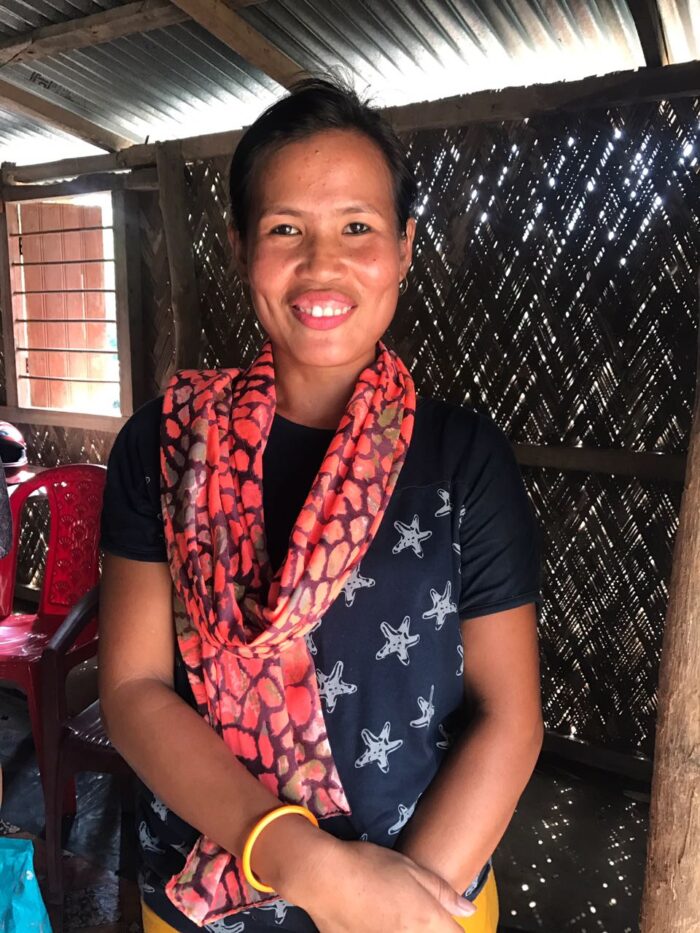
The journey will be filmed by emerging Indian filmmakers Storyloom (who specialise in capturing artisanal processes and craftspeople) and the resulting imagery, video diary and designs from Bethany and Aratrik will feature in next January’s Lakme Fashion Week.

Telegram from Tripura will pilot a new way to encourage young designers globally to interact with their own unique heritage and understand how to be inspired by it, how to help preserve it, and above all to be of use and service to local crafts people by immersing themselves in local traditions.





